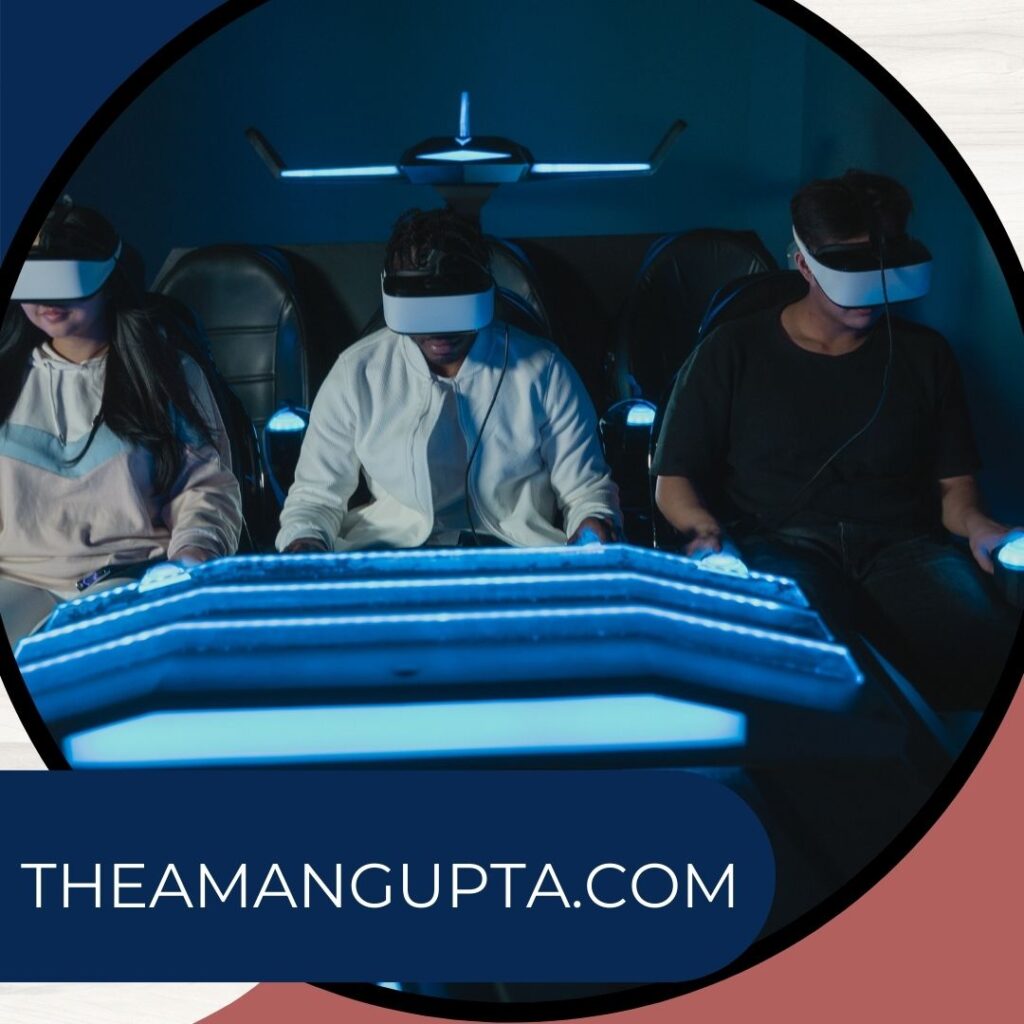Hello Readers. Reality is simulated in virtual reality. Computers brought us to the virtual world. In the virtual world, anyone can adopt any identity without anyone noticing. This contributes to its appeal. But there are also risks involved. Today’s youth frequently spend more time online than in the actual world. They may be reserved and awkward when speaking to you directly. However, their online personalities could be very different. This makes it difficult to build lasting relationships with people in the outside world. We will discuss The Role Of Virtual Reality In Neurorehabilitation.
Know About Neurorehabilitation
Before going into the Role Of Virtual Reality In Neurorehabilitation, let us discuss some things about Neurorehabilitation. When a patient suffers from a severe impairment. Neurorehabilitation utilizes the abilities and perspectives of the impaired person as well as their family, friends, and community. Additionally, it inspires individuals to regain confidence and a cheerful attitude. Neurorehabilitation provides a range of therapies by concentrating on all facets of a person’s functional independence and well-being.

These include therapies aimed at improving daily function and reintegrating patients into society, such as physical therapy, occupational therapy, rehabilitation psychology, speech and swallowing therapy, vision therapy, and language therapy. A collective effort goes into neurorehabilitation. The professionals who take part have specialized skill sets, such as physiatrists or specialists in rehabilitation medicine, neurologists, neurosurgeons, and many others. With the aim of promoting education in lifestyle changes that promote greater independence, rehabilitation psychologists and speech-language pathologists have started to offer cognitive rehabilitation as well.
VR And Neurorehabilitation
Recent developments in immersive virtual reality technologies offer new tools for the creation of innovative and promising neurological rehabilitation applications. VR is a practical and efficient therapeutic option for neurological illnesses. The results of this comprehensive assessment of the literature also revealed the low cost. Immersive VR technology may be useful for therapeutic rehabilitation in healthcare and home-based settings, with real-world applications. The advancement of VR technologies in recent years. It has led to more readily available and reasonably priced solutions that still hold the potential for promising outcomes. Let us move to the Treatment part of the discussion of the Role Of Virtual Reality In Neurorehabilitation.
Applications Of Treatment
The training set for the patient ought to be as similar to real life as possible. Learning the execution of movement mostly occurs via trial and error. The patient must be able to realize their faults to properly rectify the execution of the movement. With its capacity to imitate almost any area, virtual reality offers practically endless feedback communication and extremely engaging gaming tasks. That can complete the gaps in an effective rehabilitation program.

Virtual Reality Technologies
Virtual reality (VR) offers a secure, monitored setting for engaging, customizable rehabilitation exercises that support the development of motor skills. Additionally, as VR is entertaining and enjoyable, it encourages kids to take part in the treatments for their recovery. It is simple to integrate VR therapy’s curative effects with the computer-assisted cinematic study of motor impairments following brain injuries. When doing a virtual task, such as playing a video game, the highly dynamic virtual worlds intensely excite the visual, vestibular, and proprioceptive systems in the brain.
Read More: Life Is Better With The Technology
The main therapeutic effect of VR on upper limb motor activity is an increase in the shoulder, elbow, and wrist’s active range of motion. The most significant aspect of VR therapies is that patients with brain injuries can resume daily activities and improve their quality of life because of enhanced upper limb motor function. It is especially helpful for the rehabilitation of youngsters when subjects may move around and interact in an appealing and engaging environment thanks to the projection of synchronized VR worlds on a 180-degree cylindrical screen.
Helps In Self Enhancement
VR influences entertainment and digital health in modern life. The effectiveness of every tool depends on the user’s intentions, just like with any other instrument. Because VR produces a narrative experience, it can also have a significant impact on how we see ourselves and the world around us. This gives us the chance to organize specific life experiences into a narrative that develops in circumstances intended to help the self. Science and technology have improved our understanding of the human brain’s structure and function during the past ten years.
Read More: Understanding Optical Illusion
The breadth and results of neurorehabilitation have been considerably improved by advancements in neuroimaging techniques. In order to offer cutting-edge advances to therapy for individuals with nervous system disorders, experts are now combining technology with neurorehabilitation. Through interactive experiences, patients can explore and re-learn various facets of their lives and environments. While being observed in the privacy of their treating therapists and doctors. Thanks to virtual reality simulations and video games.
Conclusion
Virtual reality (VR) represents an advancement in technology’s ability to replicate reality and so embodies the philosophical idea of the virtual into a usable manner of experience. The ontological idea of the illusion of reality is where the idea of the virtual comes from. VR may also assist healthy people in redesigning themselves in order to live a far more fulfilling, stimulating, and meaningful existence. Now used for a variety of purposes beyond entertainment. Patients experienced themselves as participants in activities that they would scarcely be able to do in real life while practicing balance through virtual games.
References: Wikipedia, News-Medical.net